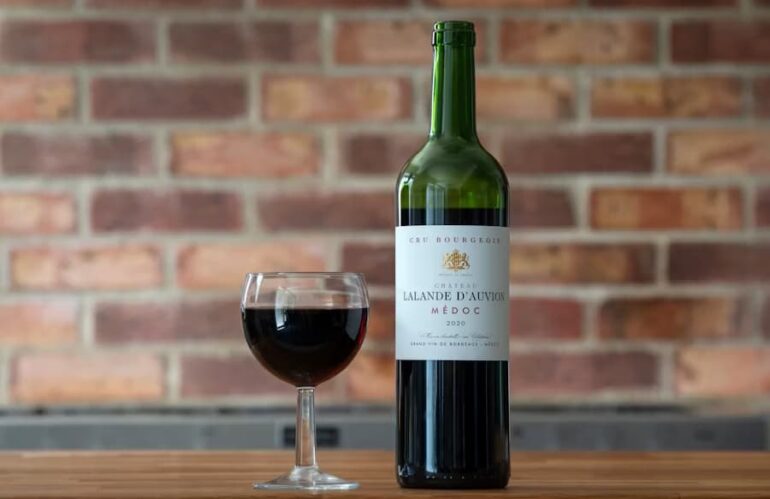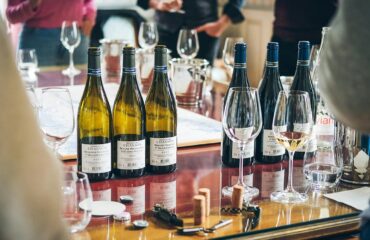Texas, a land of sprawling plains and rugged hills, holds a surprising legacy as one of America’s earliest wine-producing regions, with roots stretching back to the 17th century. From Spanish missionaries planting vines for sacramental wine to today’s vibrant wine trails, the Texas wine experience blends history, innovation, and a fierce sense of place. This journey through the state’s vineyards reveals a story of resilience, cultural fusion, and a thriving modern industry that’s capturing global attention.
A Legacy Woven into Texas Soil
The story of Texas wine is as old as the state’s European settlement, beginning with humble vines planted by missionaries. These early efforts laid the foundation for a wine culture that survived centuries of challenges, from Prohibition to pests. Today, Texas’s wine regions, particularly the High Plains and Hill Country, are celebrated for their unique terroir and bold flavors, as explored by enthusiasts on platforms like International casinos, where the art of risk and reward mirrors the daring spirit of Texas winemakers.
Spanish Missionaries and Early Vines
In the 1650s, Franciscan priests established vineyards near present-day El Paso, making Texas home to North America’s first vineyard by 1662. These vines, brought from Mexico, produced sacramental wines for religious ceremonies, marking the start of a winemaking tradition. By the 1700s, settlements along the Rio Grande were flourishing with vineyards, crafting “Pass wine” that gained fame among traders.
- Mission Vines: Planted for sacramental wine, foundational to Texas wine culture.
- Pass Wine: Light red wine from El Paso, popular in the early 1800s.
- Legacy: Set the stage for Texas’s enduring viticultural heritage.
The Phylloxera Savior: T.V. Munson
In the late 1800s, Texas played a pivotal role in global winemaking when horticulturist Thomas Volney Munson, based in Denison, developed phylloxera-resistant rootstocks. By grafting European vines onto native Texas varieties like Vitis berlandieri, Munson saved the French wine industry from collapse, earning him the Chevalier du Merite Agricole from France. His work continues to influence modern viticulture worldwide.
| Contribution | Impact | Example |
| Phylloxera Resistance | Saved European vineyards | Grafting Vitis berlandieri |
| Grape Breeding | Created hybrid varieties | T.V. Munson Center |
| Global Recognition | French Legion of Honor | Awarded in 1888 |
The Modern Texas Wine Renaissance
After Prohibition decimated the industry in the 1920s, Texas wine staged a comeback in the 1970s, driven by pioneers who saw potential in the state’s diverse landscapes. Today, with over 400 wineries and 9,000 acres of vineyards, Texas ranks as the fifth-largest wine-producing state in the U.S. The revival blends Old World techniques with Texas ingenuity, creating wines that reflect the state’s bold character.
The High Plains: The Heart of Texas Grapes
The Texas High Plains AVA, with its high elevation and semi-arid climate, produces over two-thirds of the state’s grapes. Pioneers like Clinton “Doc” McPherson, who co-founded Llano Estacado Winery in 1976, proved that varieties like Cabernet Sauvignon and Tempranillo thrive in the region’s red sandy loam and cool nights. This AVA’s 4,000 acres of vineyards are now the backbone of Texas wine production.
- Key Varieties: Tempranillo, Syrah, Merlot.
- Terroir: High elevation (3,000–4,000 feet), calcareous soils.
- Notable Winery: Llano Estacado, a pioneer since 1976.
Texas Hill Country: A Wine Tourism Haven
Spanning 9 million acres, the Texas Hill Country AVA is the second-largest in the U.S., known for its rolling hills and limestone-rich soils. Wineries like Becker Vineyards and Fall Creek Vineyards, established in the 1970s and 1990s, have made it a top destination for wine lovers, with over 100 wineries offering tastings and tours. The region’s warm days and cool nights are ideal for Viognier and Sangiovese.
| Winery | Founded | Signature Grape | Experience |
| Becker Vineyards | 1992 | Viognier | Lavender fields, tastings |
| Fall Creek Vineyards | 1975 | Cabernet Sauvignon | Scenic tours, pairings |
| Grape Creek | 1989 | Sangiovese | Tuscan-style estate |

Cultural and Culinary Connections
Texas wine is more than a beverage—it’s a celebration of the state’s diverse heritage, from German settlers to modern culinary pairings. Wineries integrate local traditions, offering experiences that blend wine with Texas’s bold food culture. These connections make the Texas wine experience a sensory journey rooted in community.
German Influence in the Hill Country
German immigrants, like those in Fredericksburg, brought winemaking traditions in the 1800s, planting vines and building a foundation for the Hill Country’s wine culture. Wineries like Becker Vineyards honor this heritage with German varietals like Riesling and farm-to-table dining inspired by 19th-century settlers. Events like Oktoberfest pair local wines with traditional dishes like schnitzel.
- Historical Roots: German settlers planted vines in the 1840s.
- Modern Tributes: Wineries host German-style festivals and pairings.
- Culinary Pairings: Riesling with flammkuchen or Viognier with bratwurst.
Food and Wine Pairings
Texas wineries elevate the tasting experience with curated food pairings that highlight local flavors. William Chris Vineyards, for example, offers a Vineyard Table Experience, pairing Chenin Blanc with seared mushrooms or Cabernet with bone marrow salad. These pairings showcase how Texas wines complement the state’s barbecue, Tex-Mex, and Southern cuisine.
| Wine | Food Pairing | Why It Works |
| Tempranillo | Smoked brisket | Enhances smoky flavors |
| Viognier | Chicken-fried steak | Balances creamy textures |
| Mourvèdre | Tex-Mex enchiladas | Complements spicy notes |
The Wine Tourism Boom
Texas’s wine industry has become a cornerstone of tourism, with 2.02 million visitors generating $685.86 million in 2024. From intimate tastings to sprawling vineyard festivals, the state offers immersive experiences that celebrate its wine and culture. The Texas Wine Month in October draws crowds with events, tastings, and harvest celebrations.
Wine Trails and Festivals
The Texas Hill Country Wine Trail, featuring wineries like Duchman Family and Texas Wine Collective, offers curated tours with tastings and scenic views. Events like GrapeFest in Grapevine showcase over 150 varietals, while William Chris’s Harvest Festival invites guests to join grape stomping and enjoy live music. These experiences make wine accessible and fun for all.
- Hill Country Wine Trail: Over 50 wineries, guided or self-led tours.
- GrapeFest: Annual September event in Grapevine with varietal tastings.
- Harvest Festivals: Hands-on experiences like grape punching at William Chris.
Unique Tasting Experiences
Wineries are elevating tastings with creative offerings, from barrel room tours at Becker Vineyards to storytelling sessions under ancient oaks at William Chris. Many, like Texas SouthWind, offer vineyard strolls and food pairings, creating memorable experiences that blend education with enjoyment. These moments connect visitors to Texas’s wine heritage in personal ways.






